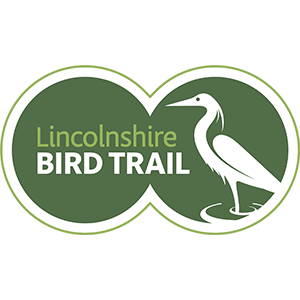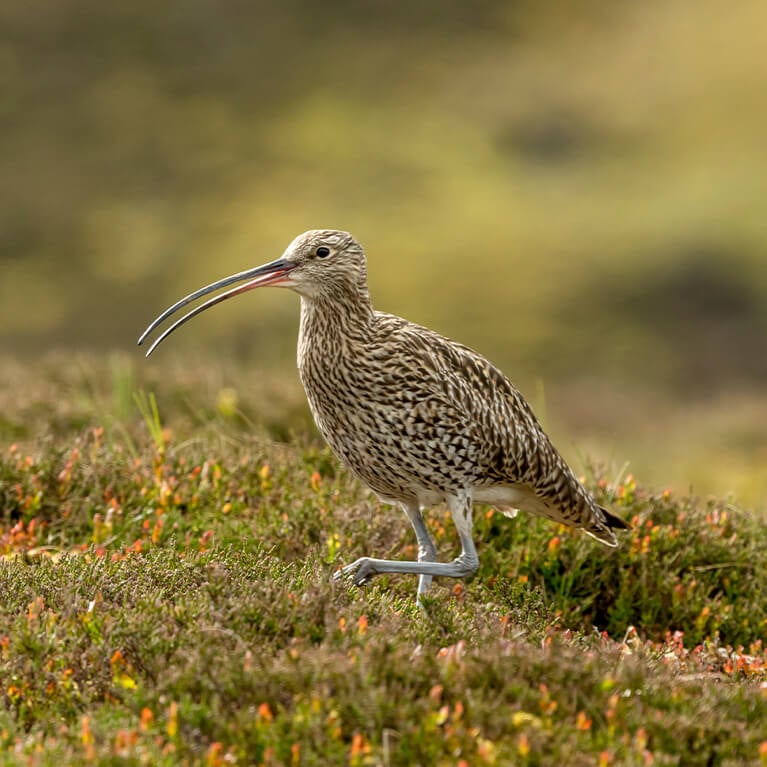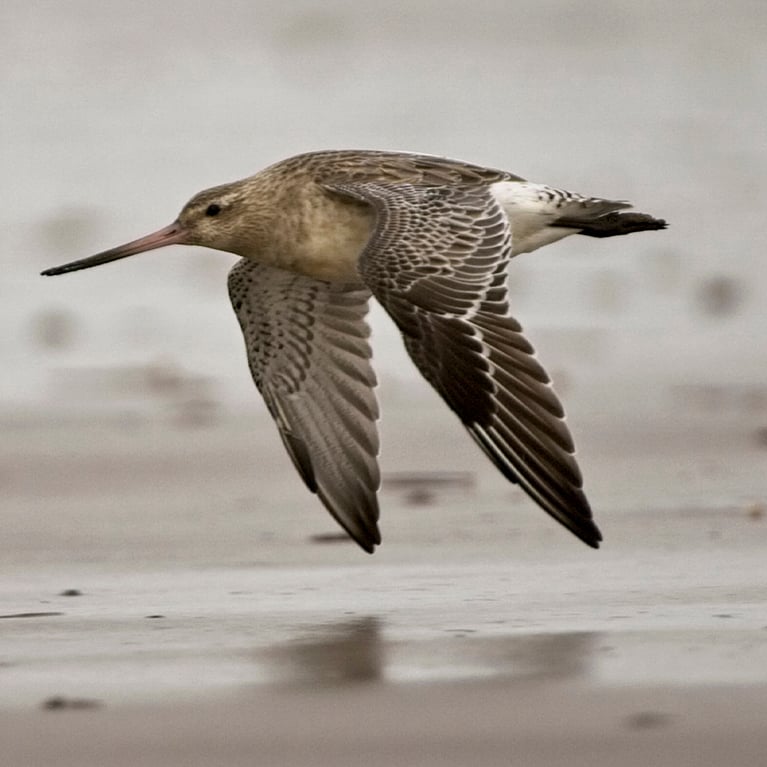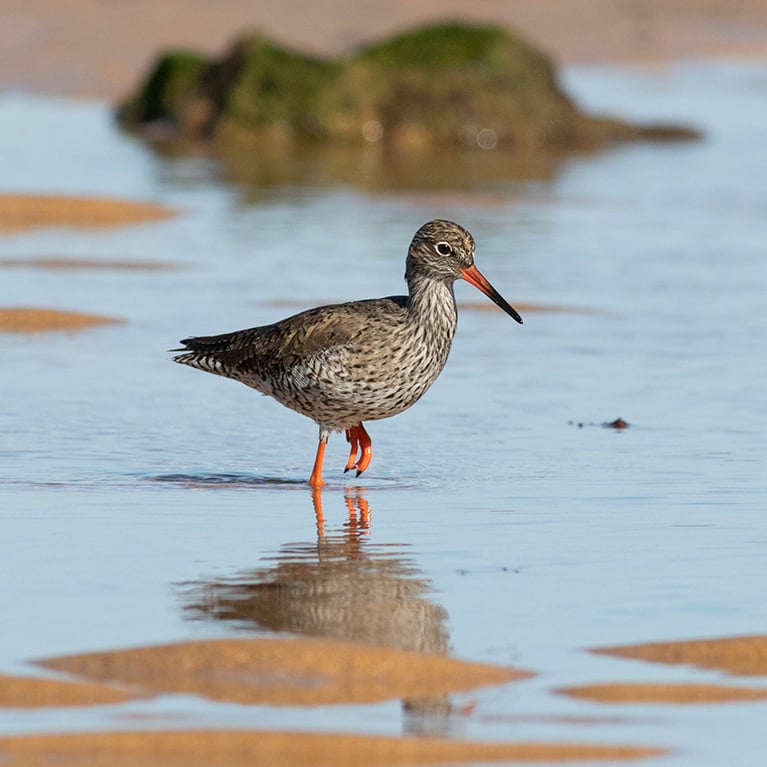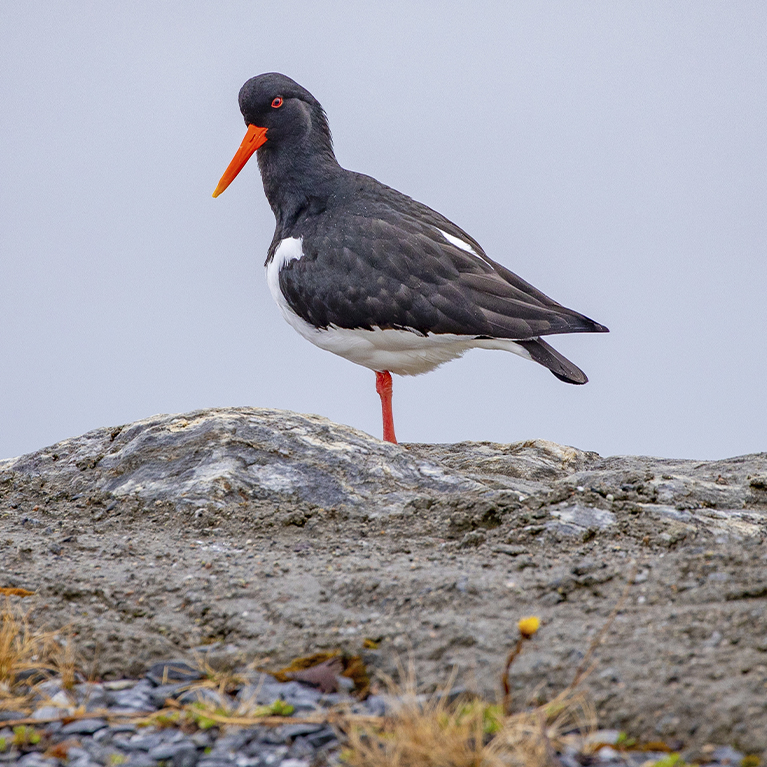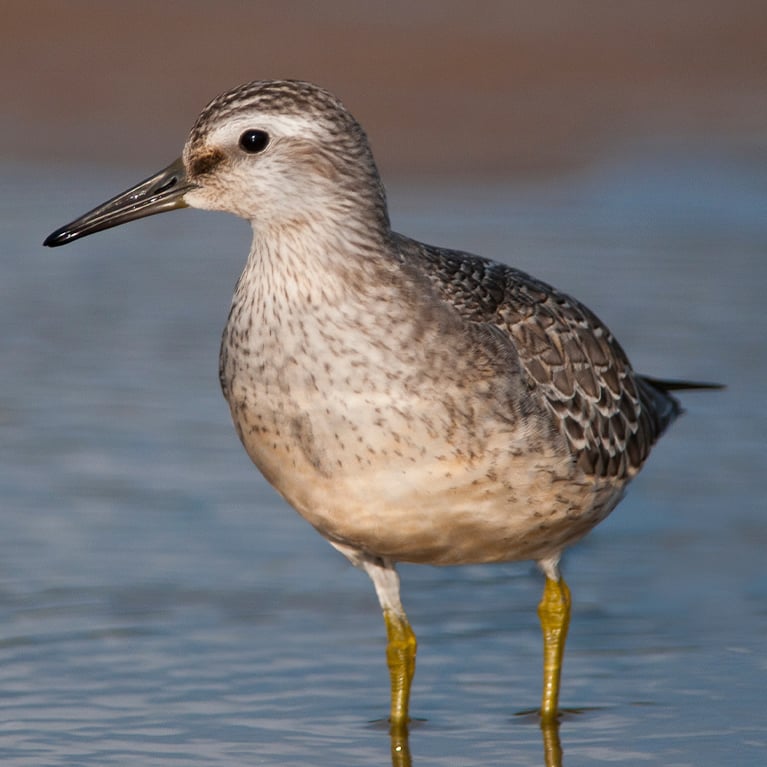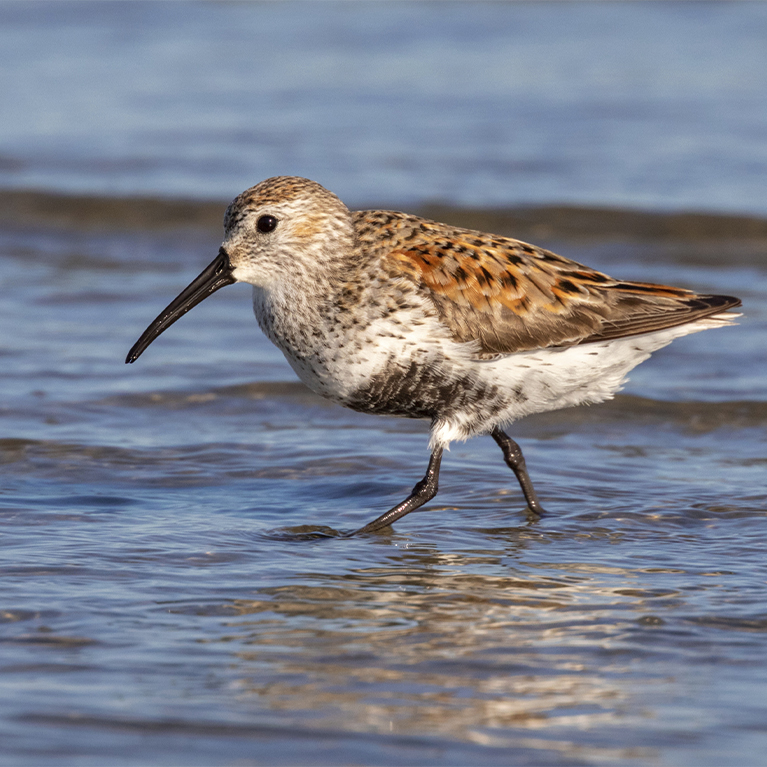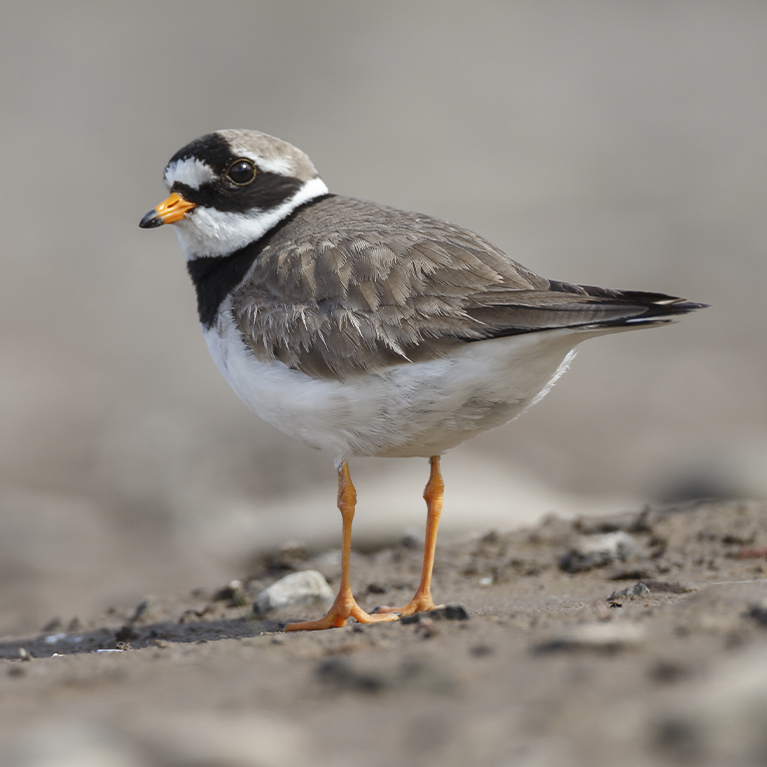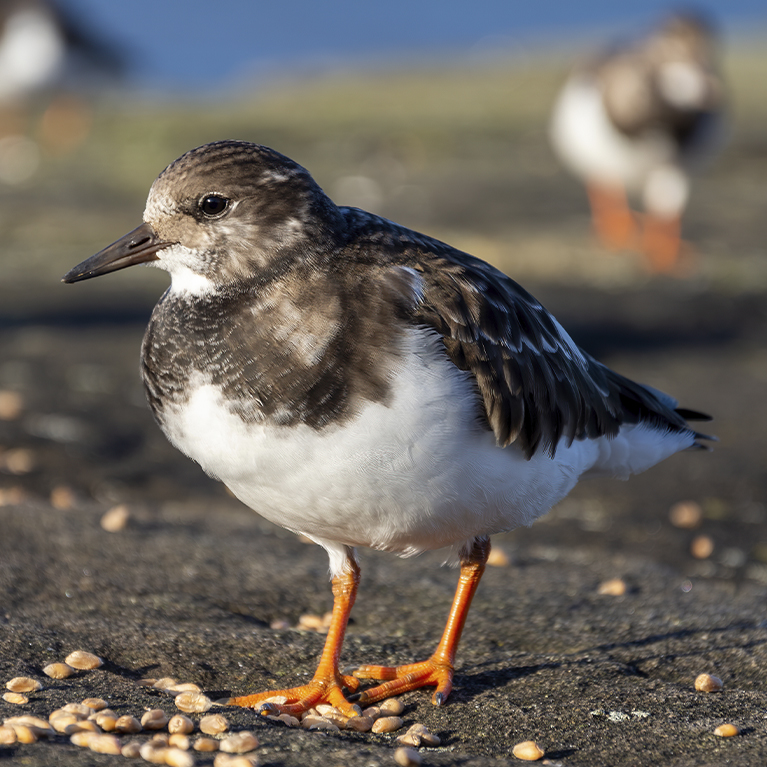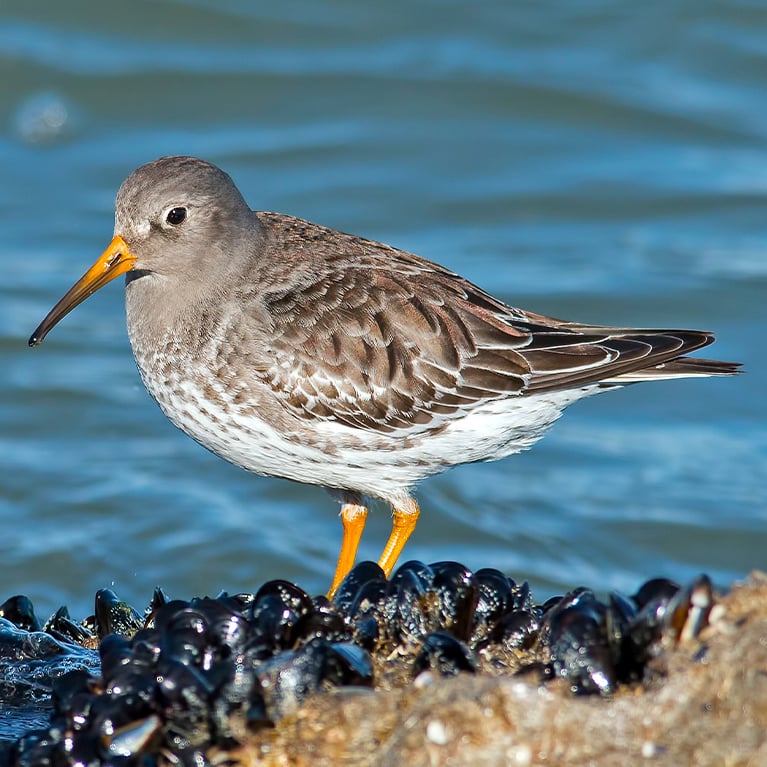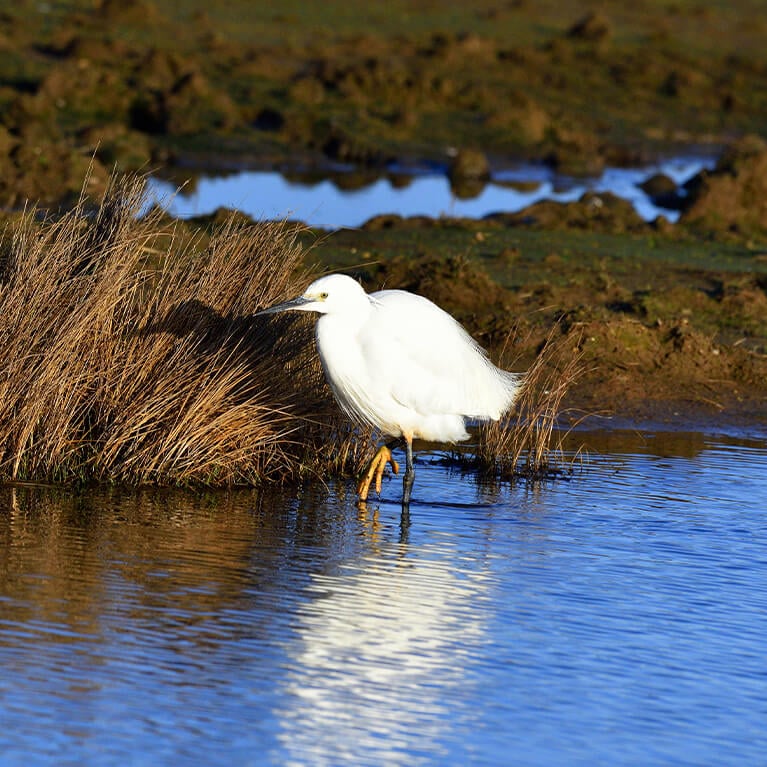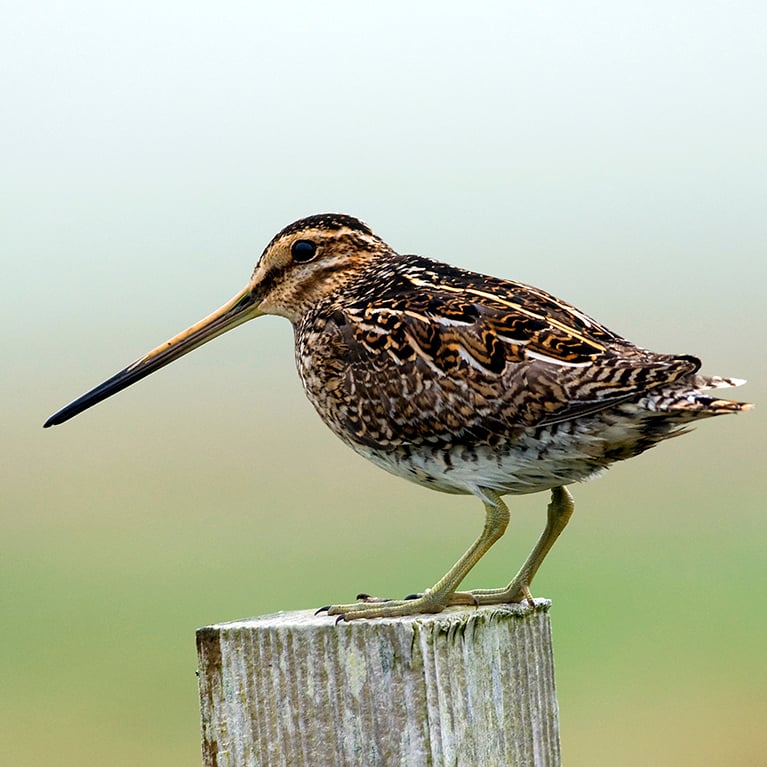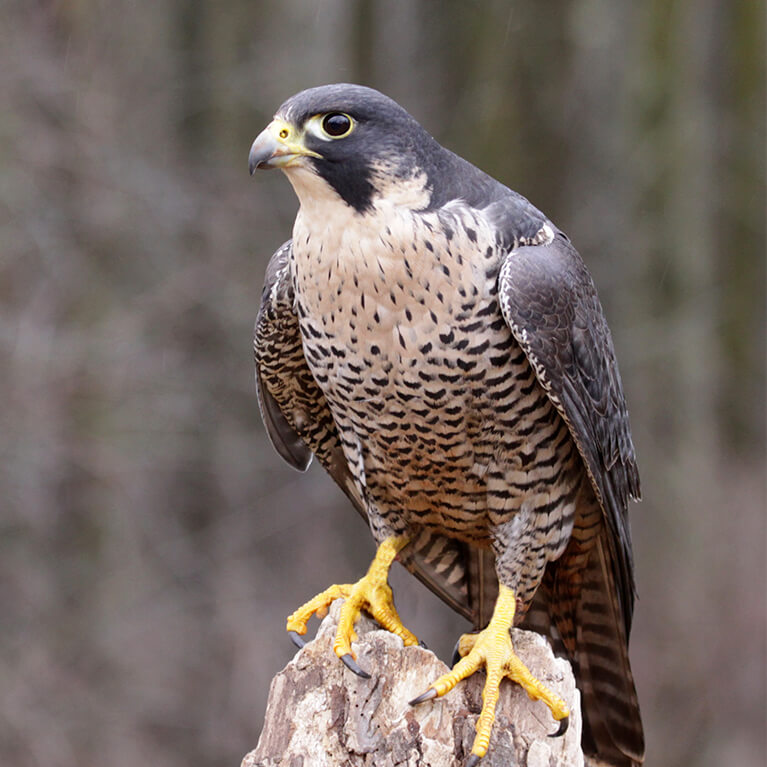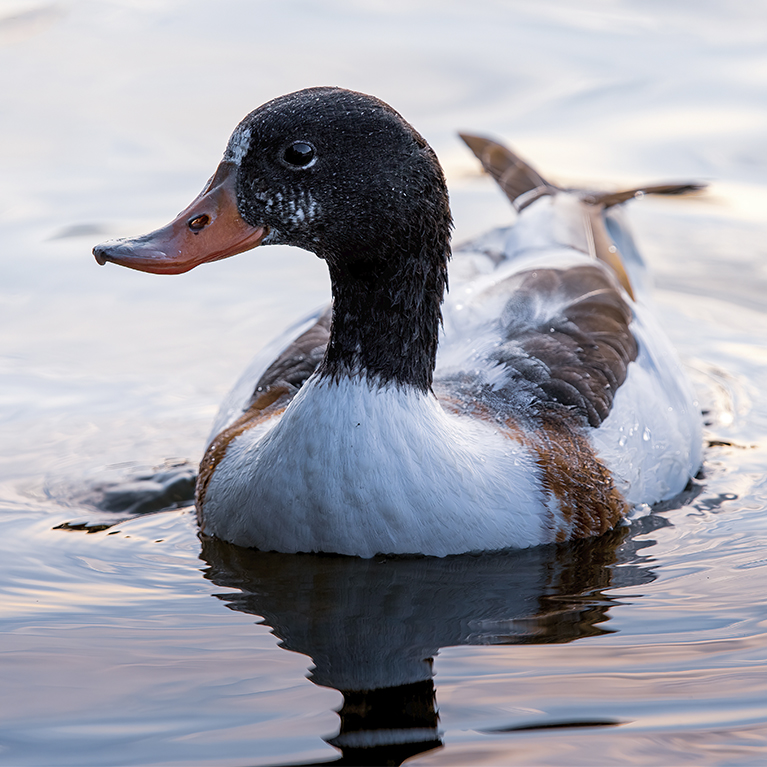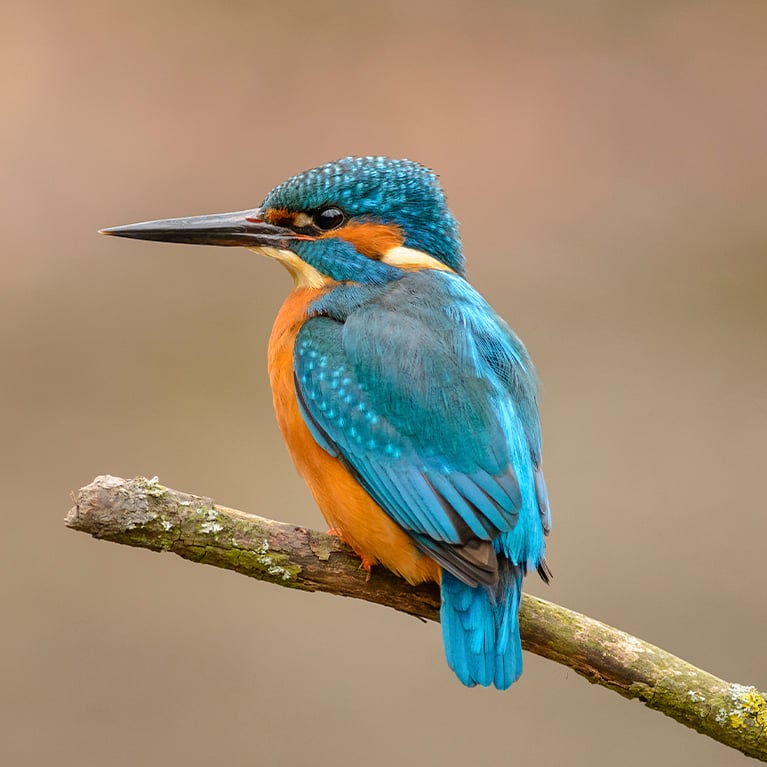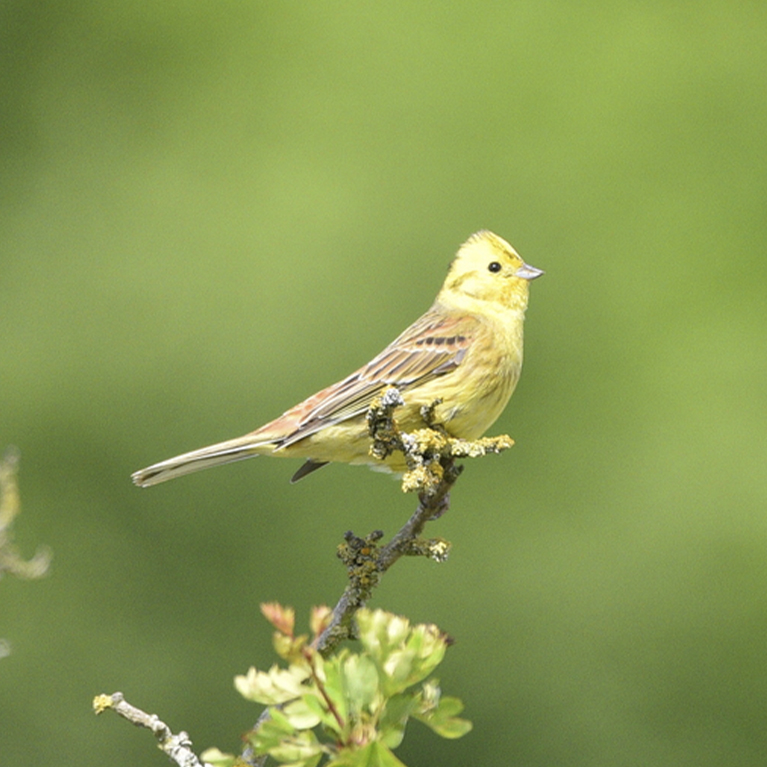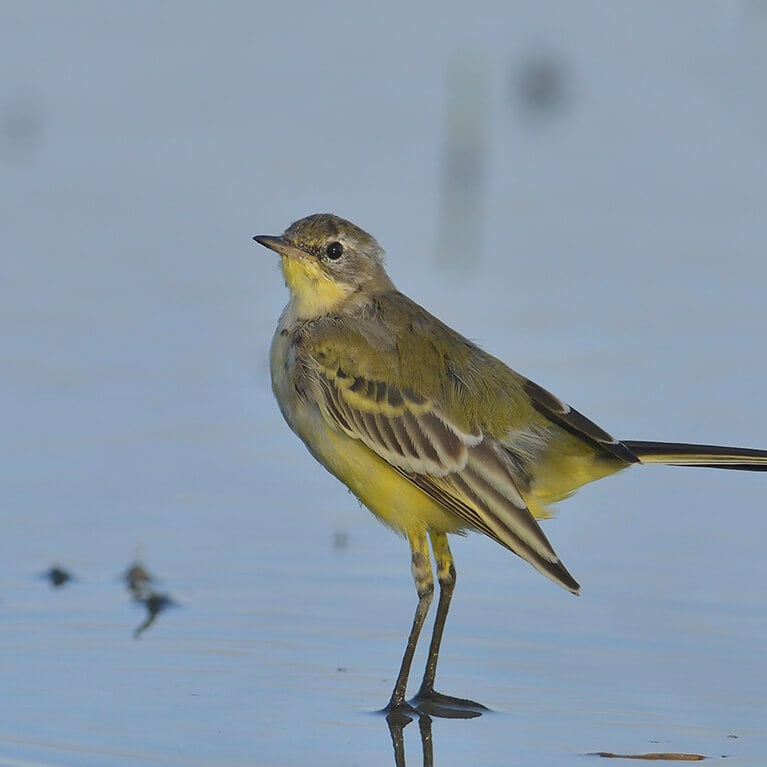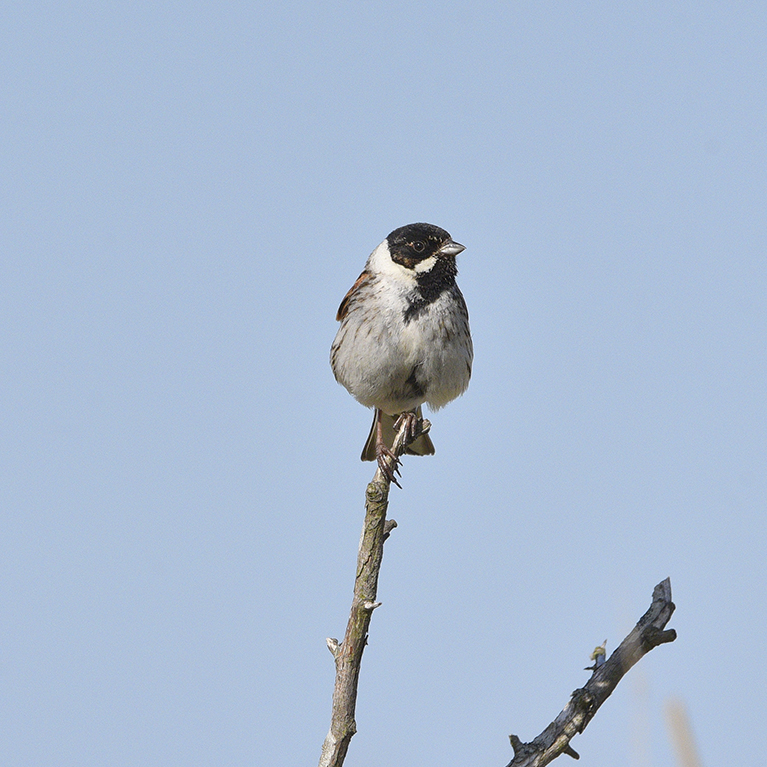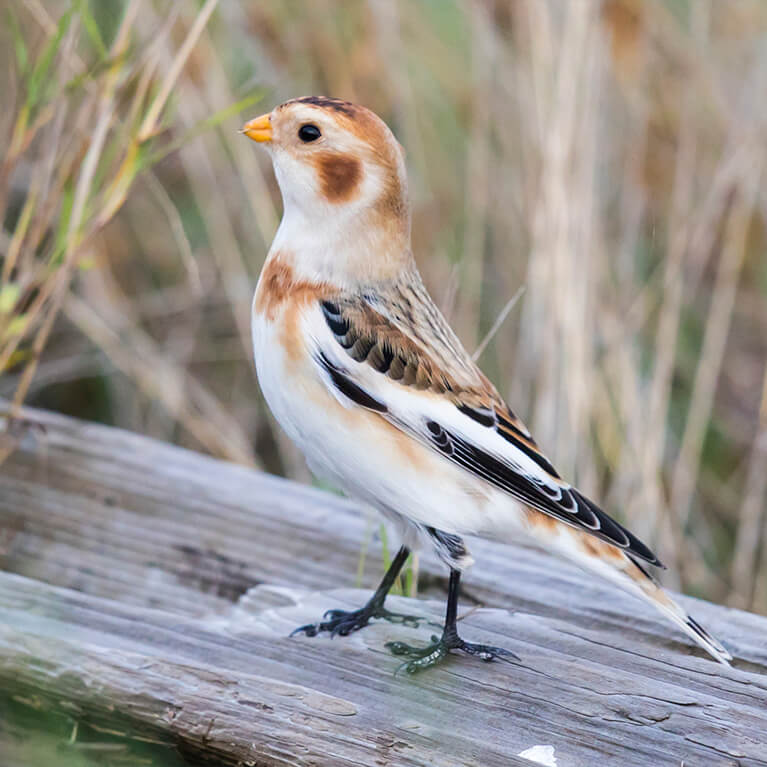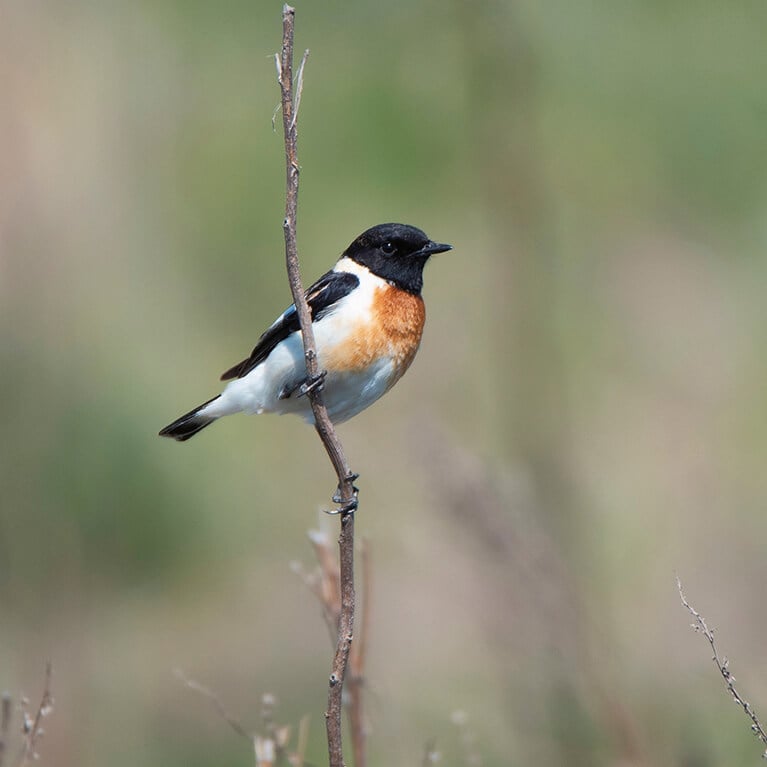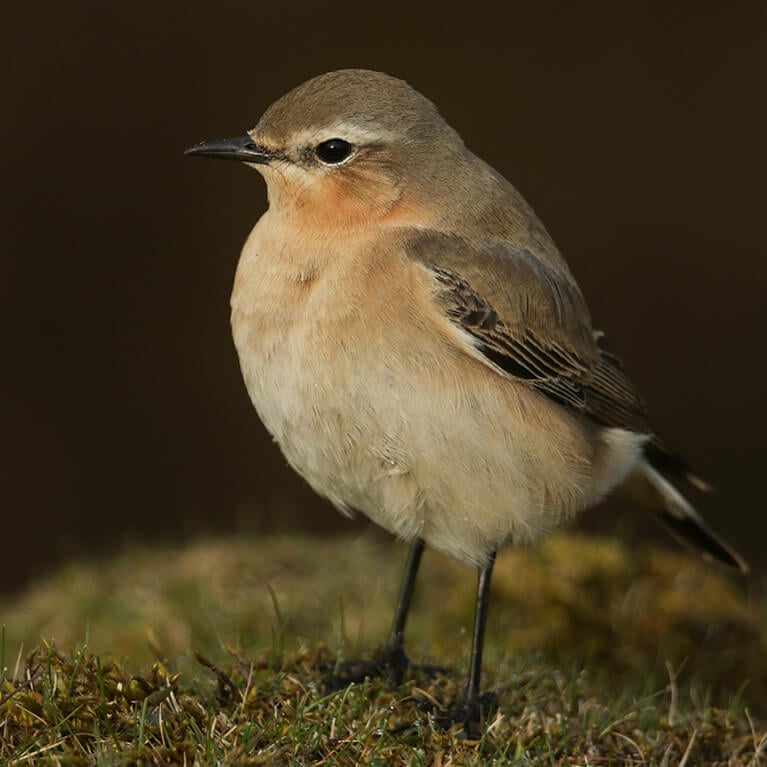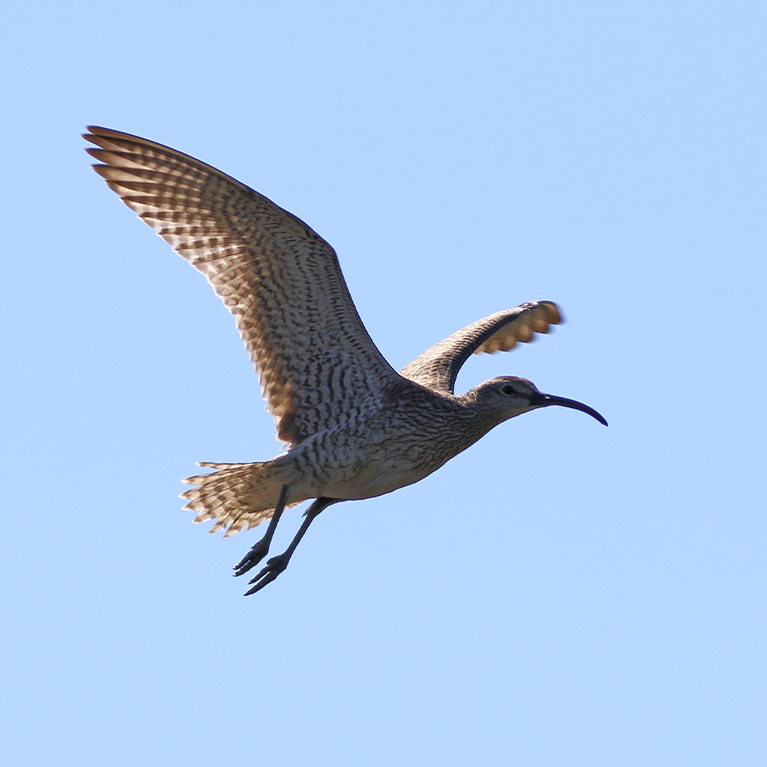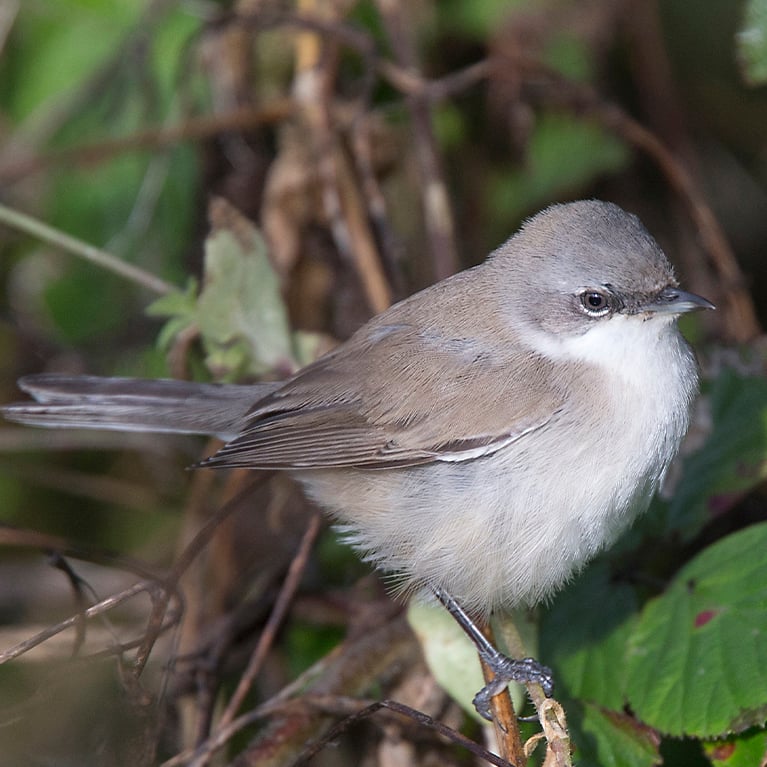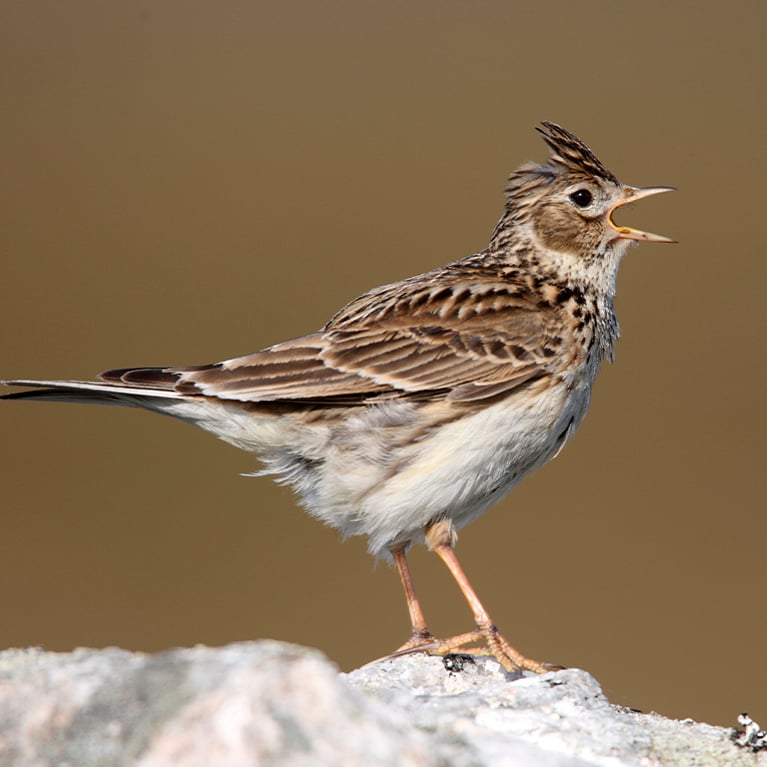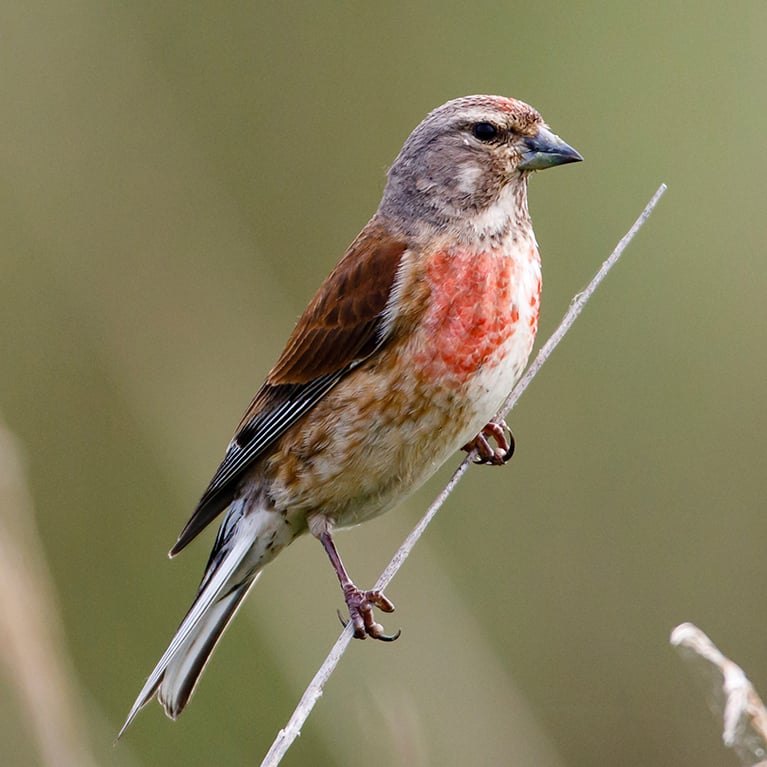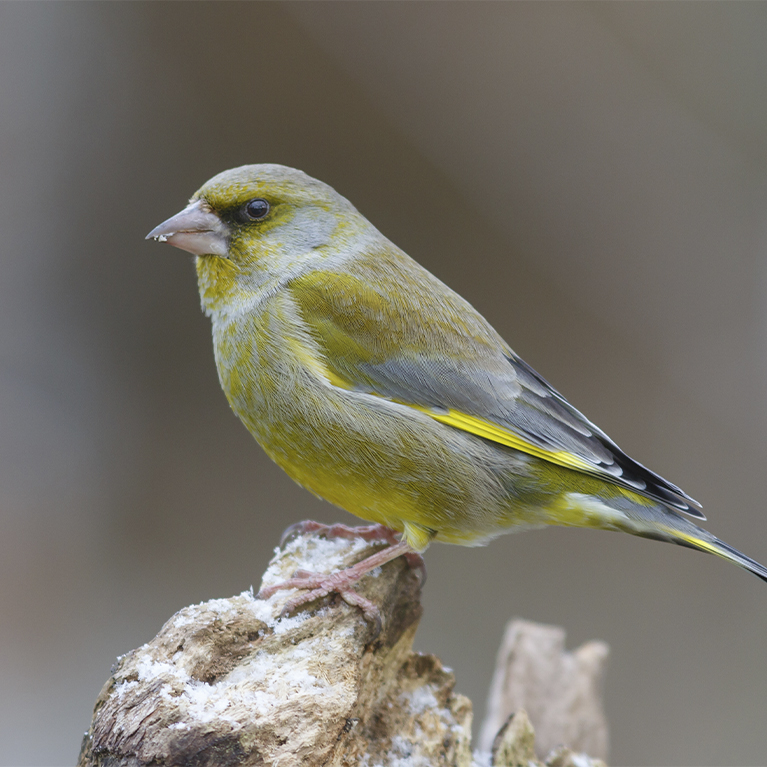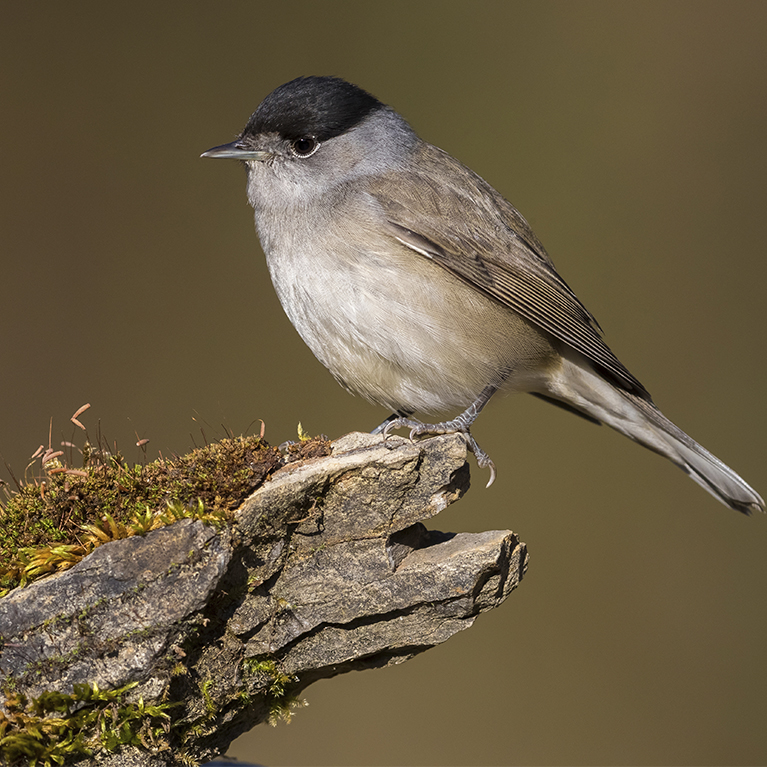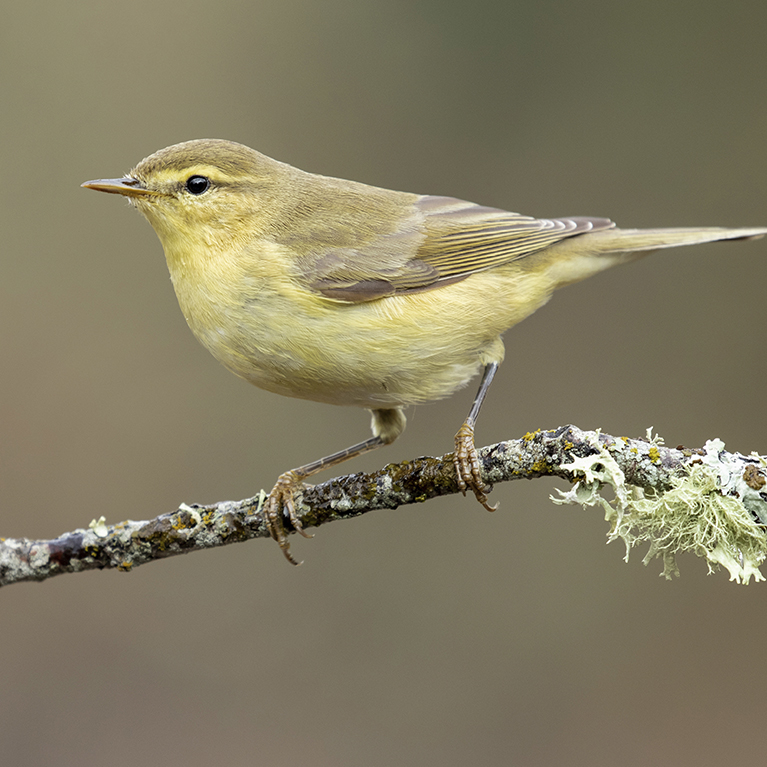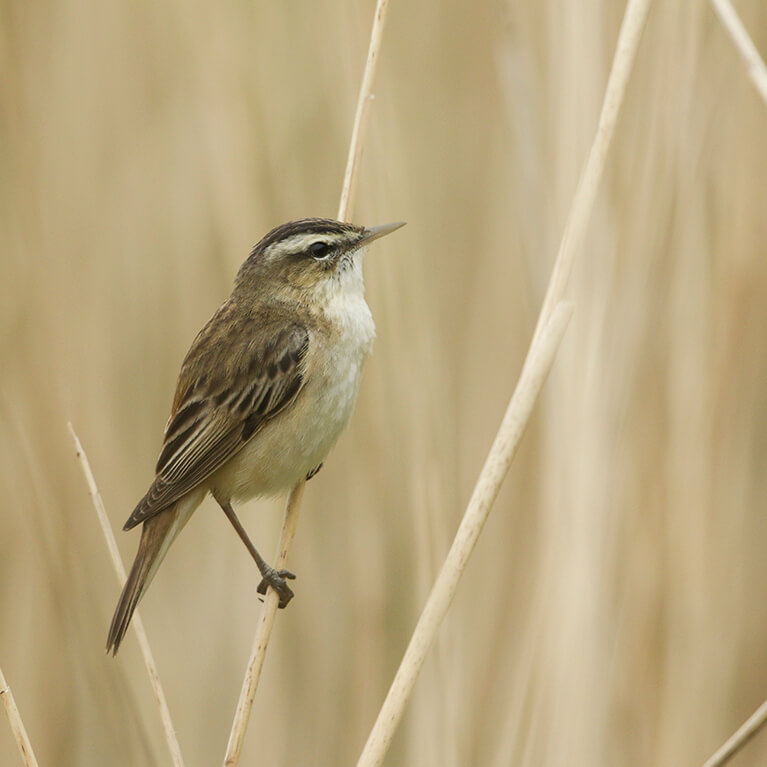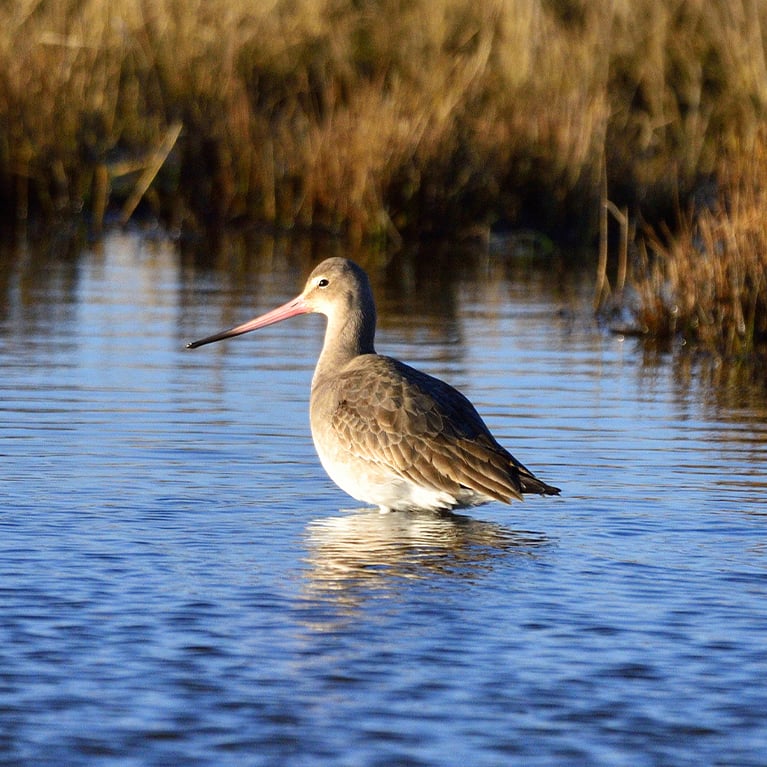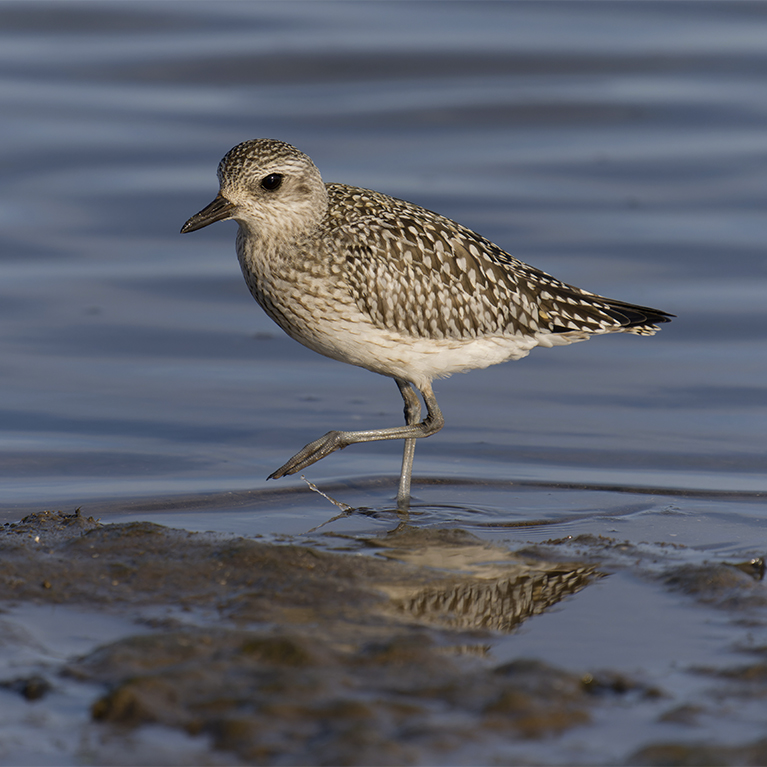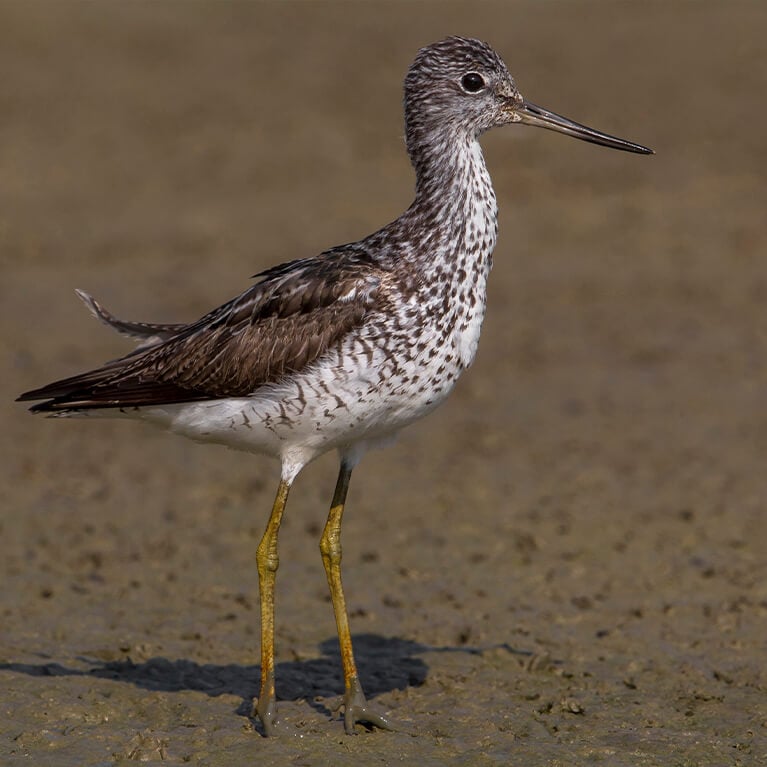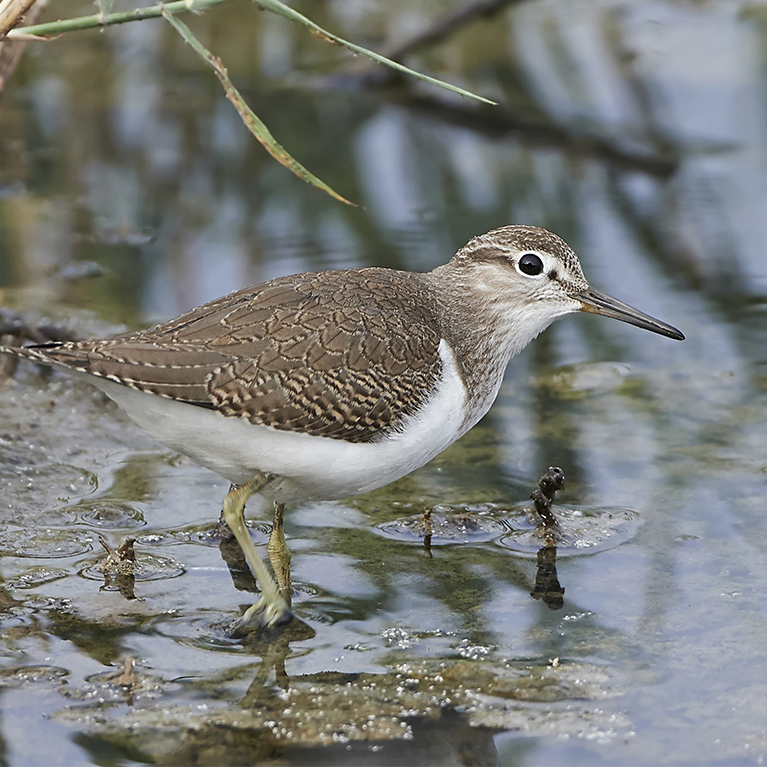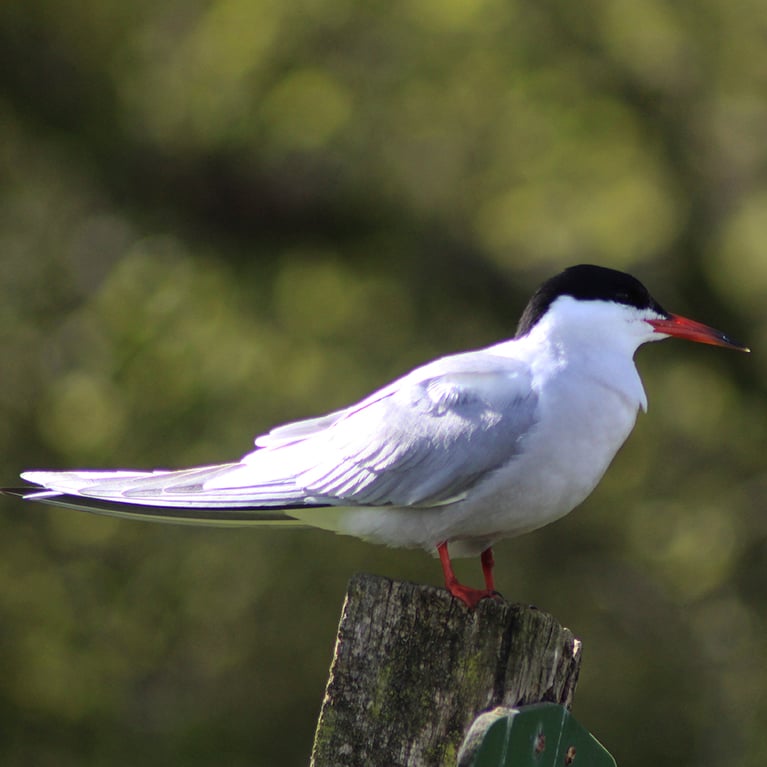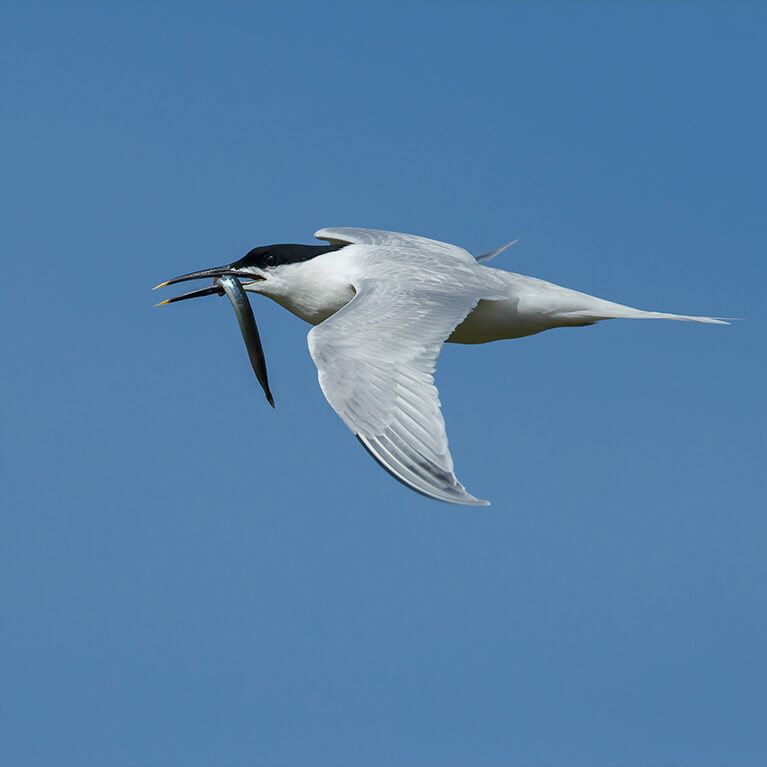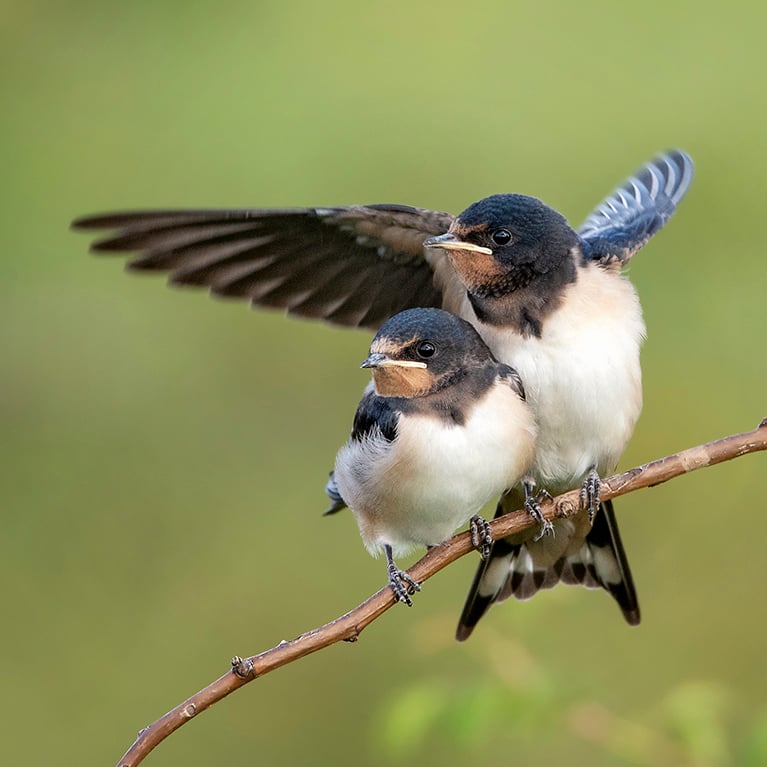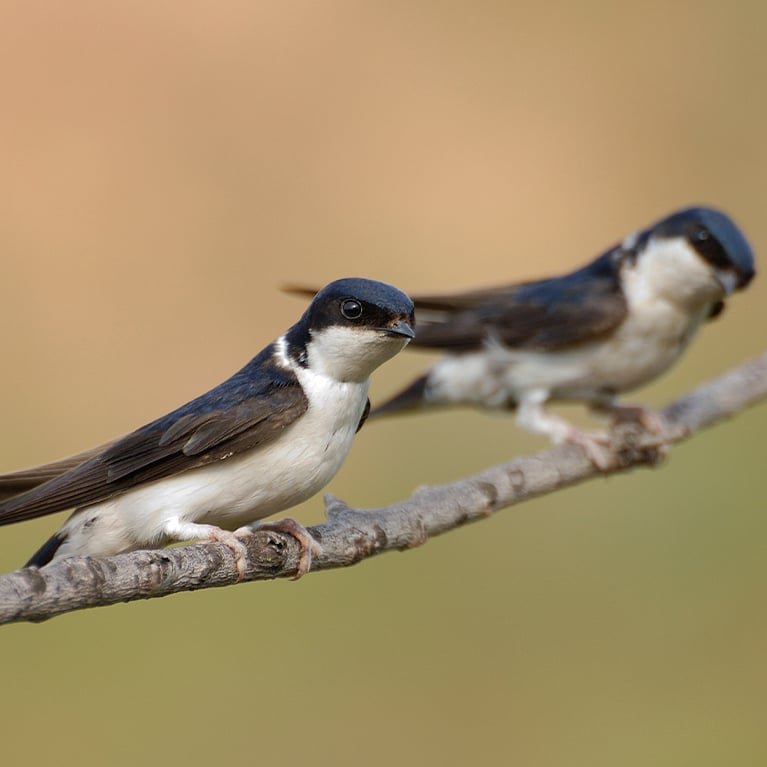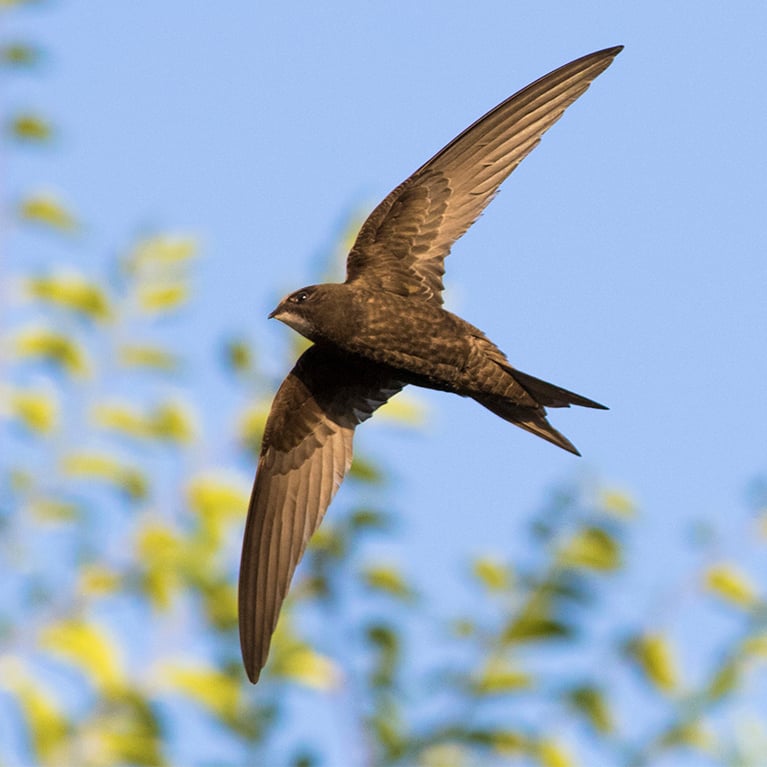Cleethorpes seafront's location and variety of habitats, all in close proximity, make it attractive to numerous species, especially migrating and over-wintering shorebirds. The whole Humber estuary is internationally important for wildlife. Its beach, sand dunes, sand banks, saltmarsh, intertidal mud flats and wetland all add to its biodiversity. It has been designated as a Site of Special Scientific Interest (SSSI) and a Special Area of Conservation (SAC).
Cafe / Tea Room
Toilets
getting here
The railway station is located at North Promenade on the seafront and is the end of the line for Northern services from Barton-upon-Humber and First Transpennine services from Manchester via Sheffield, Doncaster, Scunthorpe and Grimsby. The main approach roads to Cleethorpes are the A180 and the A16. Ticket machine parking sites are available on the promenade or at nearby car parks, but these tend to fill quickly during bank holidays and between July and September.
dog access
Dogs are prohibited from accessing the main two beaches from Good Friday to 30 September. Dogs are free to roam on the beach from Cleethorpes Leisure Centre towards Humberston Fitties all year round. To reduce the chance of disturbance to feeding and roosting shorebirds, it is recommended that they are kept on a lead, particularly if you are unsure of your dog’s recall abilities.
Winter species
Curlew, bar-tailed godwit, redshank, oystercatcher, knot, dunlin, ringed plover, turnstone, purple sandpiper, little egret, snipe, peregrine, shelduck pochard, kingfisher, yellowhammer, reed bunting, snow bunting, stonechat.
Spring species
Wheatear, whimbrel (calling overhead), migrating warblers including lesser whitethroat.
Summer species
Skylark, linnet, greenfinch, blackcap, whitethroat, chiffchaff, sedge warbler.
Autumn species
Black-tailed godwit, grey plover, greenshank, common sandpiper, common tern, sandwich tern, yellow wagtail, migrating swallows, martins and swifts.
plan your visit to cleethorpes seafront
useful hints and tips
Ross Castle provides an expansive view over the Humber Estuary towards Spurn Point, but a 'scope is advisable for best views of birds on beach or water.
At high tide, the whale's tail rock armour sea defence at the northern end of North Promenade is a good place to see resting/roosting herring/ black backed gulls and various shorebirds, particularly turnstone but also occasionally purple sandpiper.
The saltmarsh fringes provide all-year habitat for skylarks and pipits and hosts winter populations of curlew, redshank, snipe, yellowhammer and reed bunting plus occasional visits from kingfisher. Because of the deep mud and steep gulleys, it is unwise to try to walk across the centre of the marsh, but there are readily-negotiable paths along its edges.
The adjoining sand dunes, with their marram grass and buckthorn scrub attract migrants such as wheatear and whinchat plus, in winter, parties of snow buntings.
Managed by the council, the foreshore nature reserve between the leisure centre and Buck Beck outfall plantation, is alive with the sound of songbirds, including various warblers, in late spring and summer.
Also managed by the council, the adjacent boating lake has its own 100-strong flock of non-migratory barnacle geese and similar numbers of domestic greylag geese and mallard (many of them hybrids). In late winter, visitors include pochard, tufted duck and the occasional goosander or goldeneye. There is also a healthy breeding population of moorhens and often a visiting heron.
Along Central Promenade between the lifeboat station and the pier are various green spaces whose range of mature trees and shrubs are home to garden-type species such as robin, dunnock, wren, goldfinch and blackbird, plus pied wagtail and the occasional warbler on passage.
The tourist information is now located within the Resort Hub on Central Promenade opposite The Pier. Other facilities are of the range to be expected in a seaside holiday town including WCs, cafes, pubs and shops.
explore the other locations along the coastal birding trail
places to stay nearby
Make a trip of it! Enjoy a coastal getaway with a selection of places to stay close by.
things to do in the area
Battle of Britain Memorial Flight Visitor Centre (BBMF)
Chapel St Leonards – Coastal Country Park Walks
Gibraltar Point Nature Reserve
Humber to The Wash Cycle Route
Butlin’s Big Weekenders – Skegness
Cleethorpes Coast Light Railway
Grimsby Fishing Heritage Centre
Laceby Manor Resort Restaurants
Laceby Manor Spa & Golf Resort
Lincolnshire Aviation Heritage Centre
Lincolnshire Coast Light Railway
Lincolnshire Llama Cleethorpes
Orchard Farm Equestrian Centre
Pretty Little Acorns Jewellery
The King Charles III England Coast Path
Alfred Enderby Traditional Fish Smokers
Chapel St Leonards to Skegness Promenade Cycling
Covenham Reservoir Birdwatching
Donna Nook National Nature Reserve Birdwatching
Far Ings National Nature Reserve Birdwatching
Hampton by Hilton Humberside Airport
Huttoft Bank Pit Nature Reserve
Lincolnshire Coastal Country Park Birdwatching
Messingham Sand Quarry Birdwatching
Messingham Sand Quarry Nature Reserve
Saltfleetby-Theddlethorpe Dunes Birdwatching
Sutton on Sea to Chapel St Leonards Promenade Cycling
The Ship Inn, Barnoldby-le-Beck
The Ship Inn, Chapel St Leonards
Alford to the Coast Cycle Route
Dobson’s Mill & Heritage Centre Burgh le Marsh
Grimsby Revolution Cycle Route
Lincolnshire Wolds’ Challenge Cycle Route
Mumby to Hogsthorpe – Coastal Country Park Walks
Spilsby to Wainfleet All Saints Cycle Route
The Skegness and District Heritage Centre
